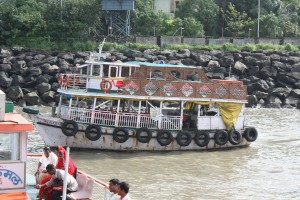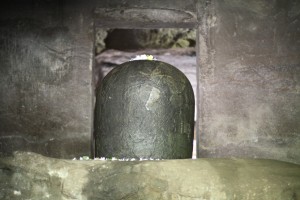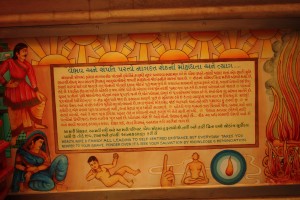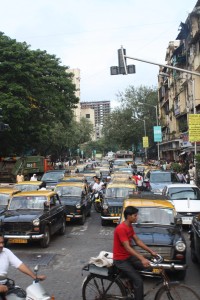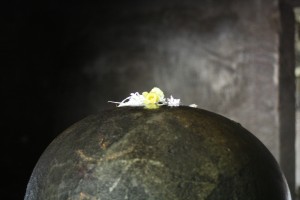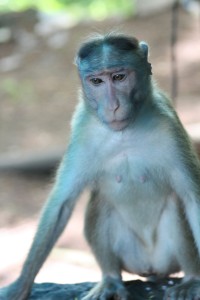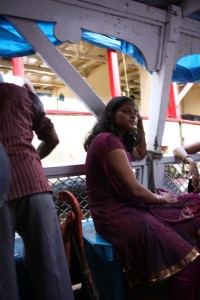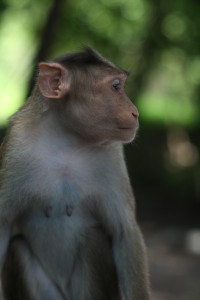A Donkey in Agra
I shot this photo in Agra, India, just a few minutes before I saw the Taj Mahal for the first time since I was a child. In color (below), there’s a irony in the bright colors of the bag and the donkey’s seemingly forlorn expression. This photo has haunted me since I’ve taken it. Perhaps it’s because it feels like a perfect snapshot of a particular time I felt my heart pouring out with compassion for a fellow sentient being. It also reminds me a bit of Au Hasard Balthazar.






